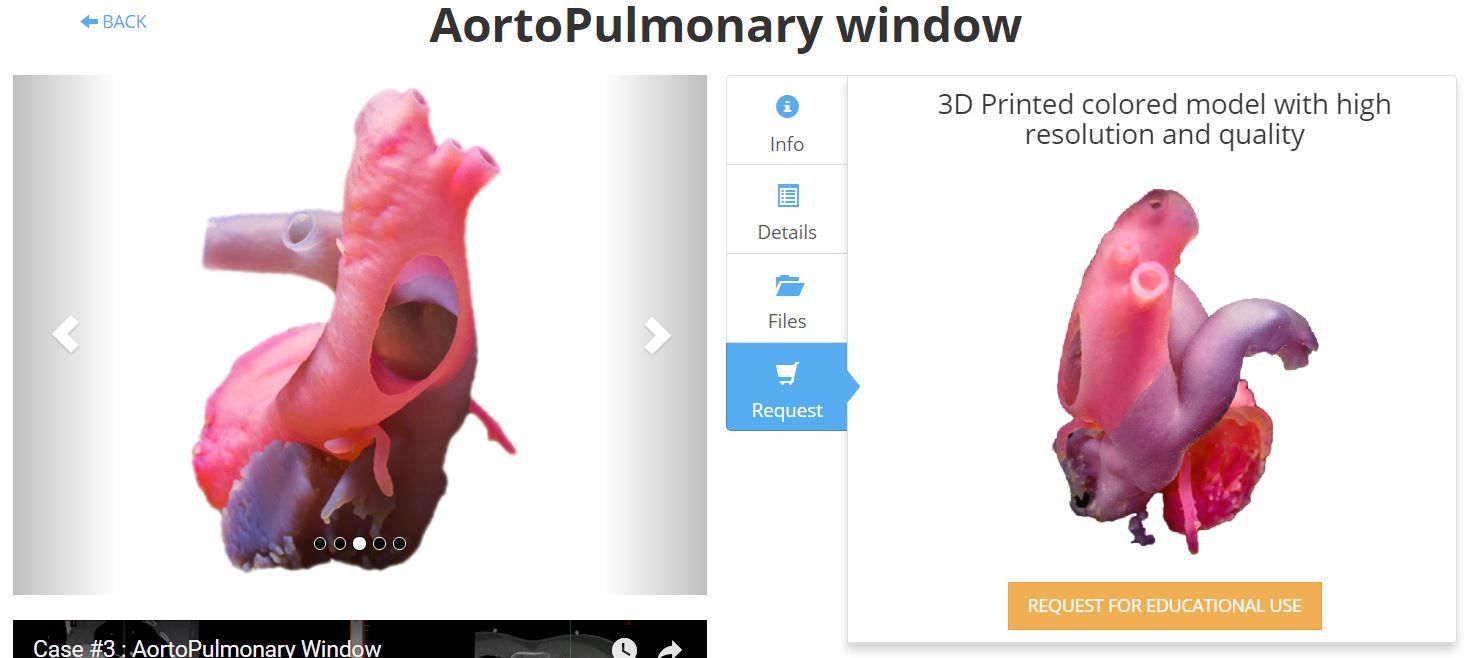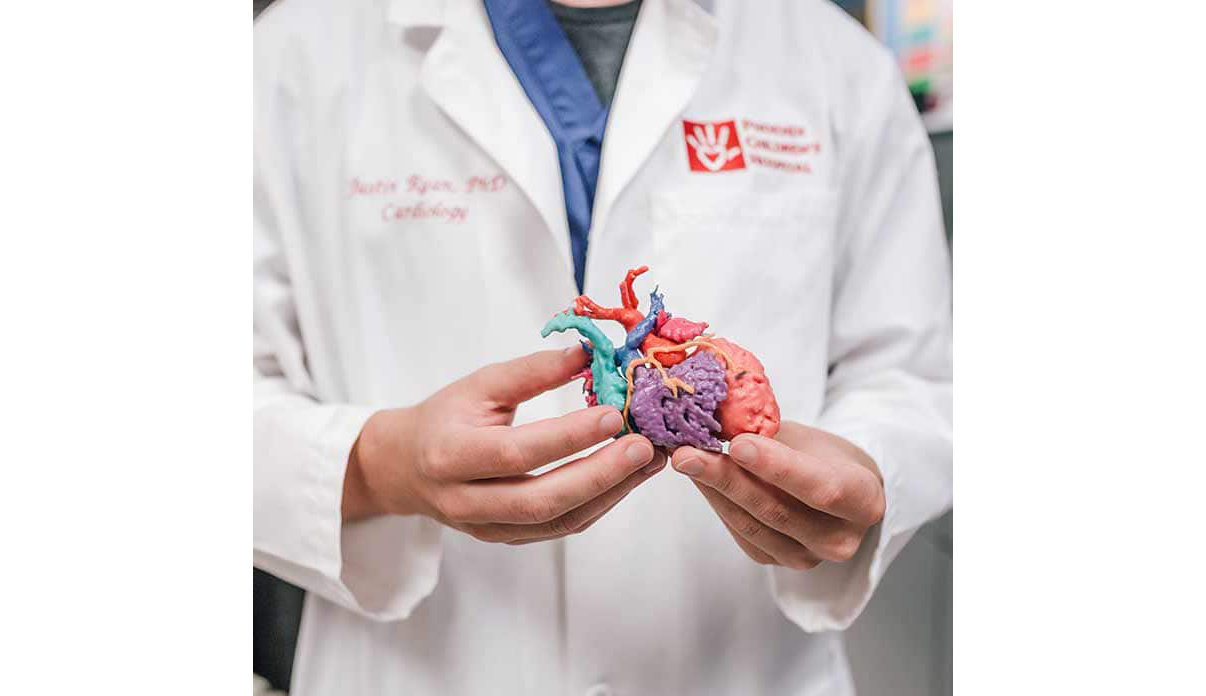Physicians are increasingly using 3D models obtained from MRI, CT and other medical scans to better prepare for surgeries.
3D printing allows surgeons to examine and practise on accurate anatomical models before going into surgery, which has been shown in one case to reduce surgery times by up to 25 percent.
3D Printable heart library
3DLife, based in Athens, provides 3D modeling and printing services primarily to those working in medical and architectural industries.
The company was launched in 2015 by Elias Samaras and Dr George E. Sarris who has previously worked with the European Congenital Heart Surgeons Association to provide 3D printed models for events. Leonardo Bilalis works at 3DLife as a Design Engineer of 3D diagnostic models.
They are meeting the demand for anatomical models by launching a 3D anatomical heart library, providing medical professionals with access to 3D printing.
The USA’s National Institutes of Health offers a similar library covering a broader range of medical models freely available as .STL files, but without the printing services offered by 3D Life.
3DLife’s models can be previewed in Adobe’s 3D PDF format. Potential customers are able to request a quote for printing and delivery of a particular model through the website. Users are also able to upload a range of medical scans such as CT, MRI or 3D Ultrasounds, to be processed and printed by 3DLife.

3D printing with Stratasys and Materialise
The printing service uses the Stratasys Objet260 Connex3. The Object260 prints high quality models in full color and is capable of printing with biocompatible materials, for uses such as dental delivery trays, hearing aids and orthopedic guides. Processing of uploaded medical scans is done in Materialise’s Mimics software, a dedicated anatomical analysis tool used to create accurate 3D printable models.

Bilalis hopes that the library will promote “better knowledge of [how 3D printed] organs can be used for surgery preparation for complex problems”, “making operations shorter and more efficient.”
Many hospitals are realising the advantages offered by 3D printing in surgical planning. Phoenix Children’s Hospital has an in-house 3D Innovation lab, dedicated to presenting better imaging data through 3D visualisation and printing. A Manchester hospital is saving £120,000 annually by moving 3D printing of anatomical models in-house.

Vote now in the 2018 3D Printing Industry Awards.
For all the latest 3D printing news – subscribe to the 3D Printing Industry newsletter, follow us on Twitter, and like us on Facebook.
The 3D Printing Industry Jobs is live. Post a job or discover your next career move now.
Protolabs is sponsoring the 2018 3D Printing Industry Awards design competition. Submit your entries now with the chance of winning a 3D printer.
Featured image shows A 3D model from 3D Life’s anatomical heart library. Image via 3D Life.

